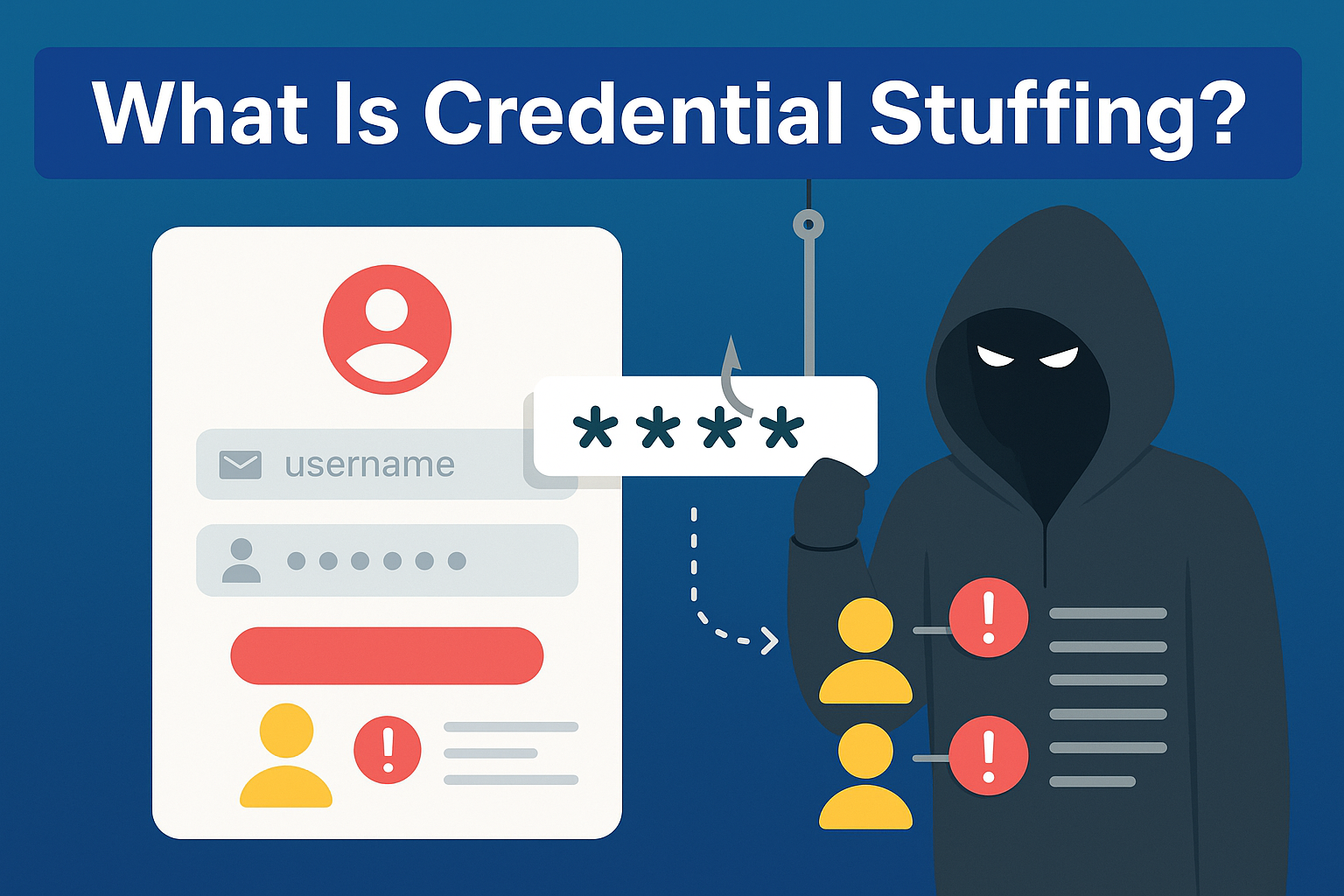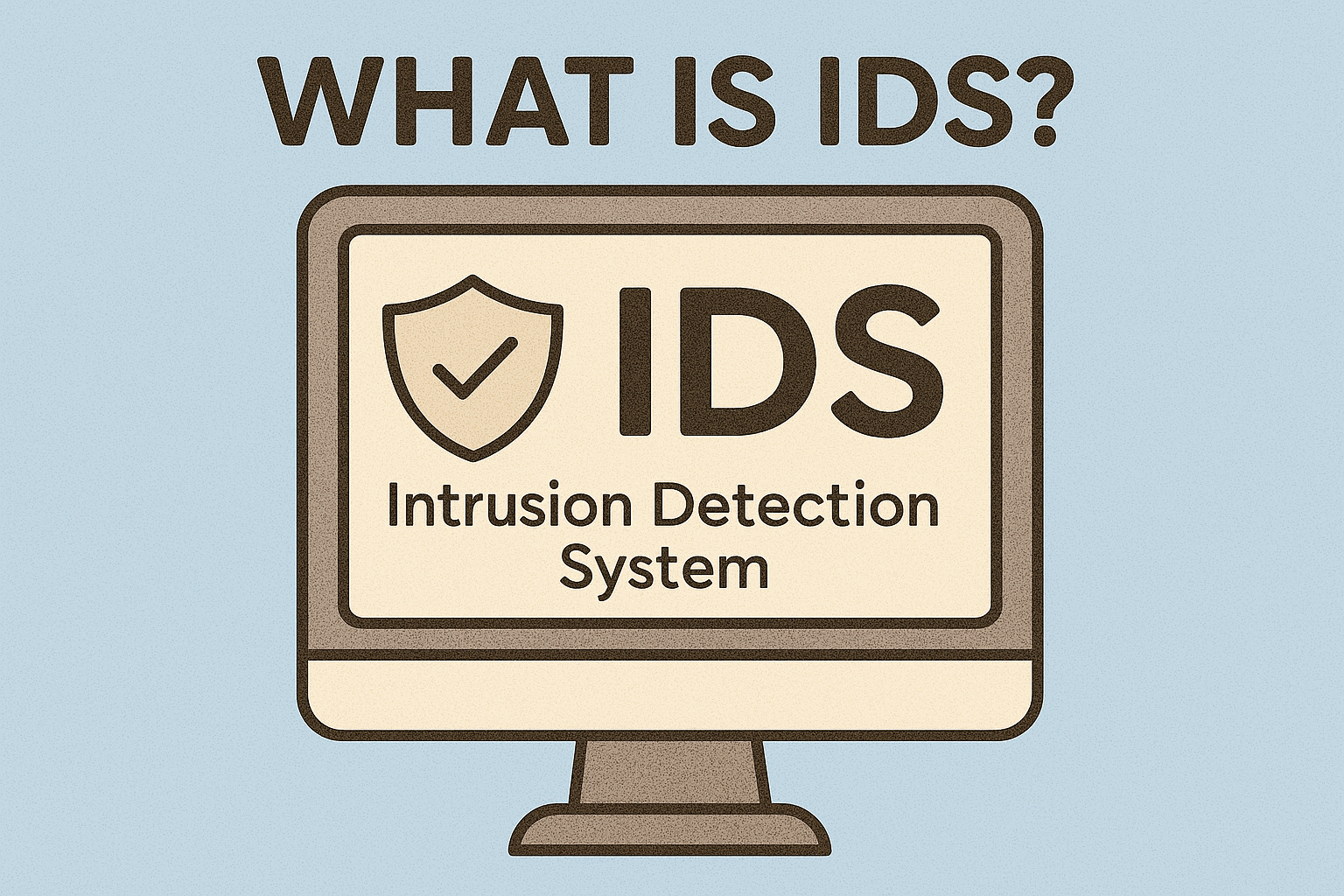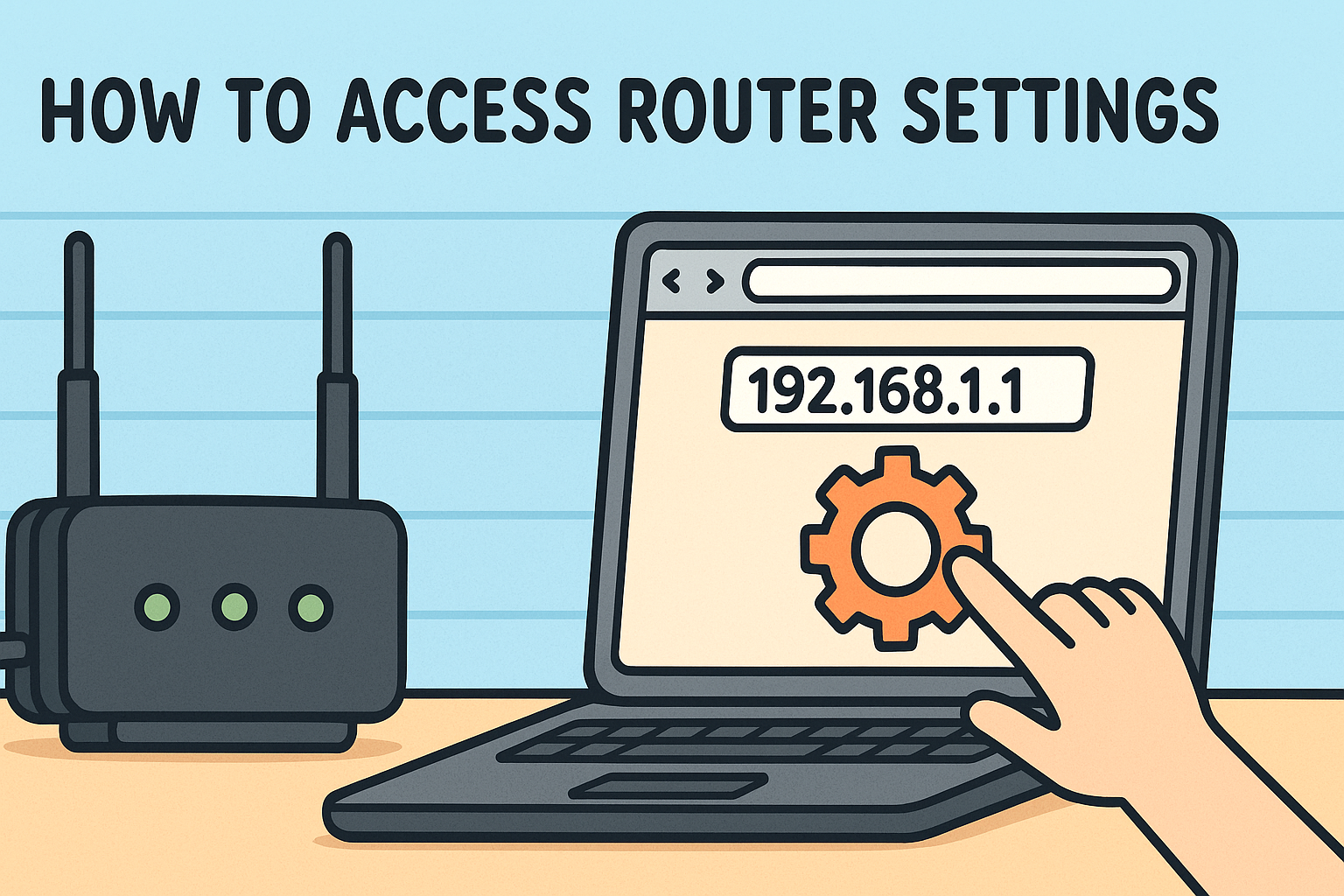What Is Credential Stuffing? Understanding One of the Most Common Cyberattacks
Updated on October 29, 2025, by Xcitium

Did you know that over 80% of data breaches involve stolen or reused passwords?
It’s a staggering figure — and it highlights one of the simplest yet most effective forms of cyberattack: credential stuffing.
You might assume your company’s firewall and antivirus software are enough to keep hackers at bay. However, if your employees reuse passwords across multiple platforms (and most do), you’re exposed to one of the fastest-growing online threats.
In this article, we’ll break down what is credential stuffing, how it works, why it’s so dangerous, and what IT leaders can do to stop it — before it compromises sensitive systems.
What Is Credential Stuffing?
Credential stuffing is a type of cyberattack where hackers use stolen usernames and passwords — typically obtained from previous data breaches — to gain unauthorized access to user accounts on different platforms.
It’s based on one simple assumption:
People reuse the same login credentials across multiple sites.
Once cybercriminals get their hands on a database of compromised credentials, they use automated bots to “stuff” those username-password combinations into login pages of banks, e-commerce stores, cloud accounts, or corporate portals — until they find a match.
In Simple Terms:
If your employee uses the same email and password for both a personal social media account and your company’s network login, a credential stuffing attack could compromise your business instantly.
How Credential Stuffing Works
Credential stuffing isn’t a complex hack — it’s an automation-based brute force attack powered by leaked data.
Here’s how it typically unfolds:
1. Data Breach Occurs
Hackers steal login credentials (emails, usernames, passwords) from an insecure website or app. These credentials often end up for sale on the dark web or hacker forums.
2. Attackers Collect Credentials
Cybercriminals compile these stolen credentials into large lists — often called “combo lists.”
3. Automation via Bots
Using bots and specialized tools like Sentry MBA, Snipr, or OpenBullet, attackers automate login attempts across hundreds or thousands of websites simultaneously.
4. Successful Logins
Whenever a reused credential matches an existing account, the attacker gains instant access.
5. Exploitation or Resale
Once they’re in, attackers may:
-
Steal sensitive data.
-
Conduct fraudulent transactions.
-
Sell valid account access on black markets.
Credential Stuffing vs. Brute Force Attacks
While they seem similar, credential stuffing and brute force attacks differ in execution:
| Feature | Credential Stuffing | Brute Force Attack |
|---|---|---|
| Source of Credentials | Uses stolen or leaked credentials | Guesses passwords randomly |
| Speed & Automation | Highly automated with bots | Can be slower and less efficient |
| Success Rate | High, due to reused passwords | Low, due to random guessing |
| Target Type | Focused on known users | Random accounts |
💡 Key Takeaway: Credential stuffing exploits human behavior — not system vulnerabilities.
Why Credential Stuffing Works So Well
Credential stuffing is successful because it takes advantage of both poor password habits and automation.
1. Password Reuse
According to cybersecurity studies, 65% of users reuse passwords across multiple sites.
That means if one account is breached, all others are at risk.
2. Weak Password Policies
Some companies still lack enforced password complexity or rotation policies, making it easy for attackers.
3. Automation and Scale
Bots can test millions of credentials per hour without triggering security alerts, especially on websites lacking rate limiting.
4. Lack of Multi-Factor Authentication (MFA)
Without MFA, a successful password match is all hackers need.
Consequences of Credential Stuffing Attacks
The financial and reputational costs of credential stuffing are severe — especially for enterprises handling sensitive data or customer accounts.
1. Financial Losses
Businesses lose millions annually due to account takeovers (ATOs), fraudulent transactions, and recovery costs.
2. Data Breaches
Once attackers gain entry, they can access internal systems, customer data, or intellectual property.
3. Brand Reputation Damage
Customers lose trust in companies that fail to protect their accounts — leading to churn and negative publicity.
4. Regulatory Penalties
Under GDPR, CCPA, or HIPAA, organizations can face hefty fines for failing to secure user credentials.
5. Operational Disruption
IT teams spend countless hours remediating compromised systems and restoring service integrity.
Real-World Examples of Credential Stuffing Attacks
1. Disney+ (2019)
Within days of launch, hackers used credential stuffing to hijack thousands of Disney+ accounts, which were then resold online.
2. Dunkin’ Donuts (2018–2019)
Two major credential stuffing attacks exposed customer loyalty accounts, costing the brand significant reputational damage.
3. Nintendo (2020)
Over 160,000 user accounts were compromised after attackers reused credentials from unrelated breaches.
4. Zoom (2020)
Hackers leveraged stolen credentials to infiltrate thousands of Zoom accounts during the pandemic boom.
How to Detect Credential Stuffing Attacks
Detecting these attacks can be tricky since bots mimic normal user behavior. However, certain indicators can raise red flags.
1. Spike in Failed Login Attempts
Multiple failed logins from diverse IP addresses can indicate bots testing stolen credentials.
2. Logins from Unusual Locations
Monitoring geographic anomalies helps detect credential misuse (e.g., multiple logins from different countries).
3. Increased Customer Complaints
Users reporting locked accounts or unauthorized activity is a classic sign of an ongoing credential stuffing campaign.
4. Suspicious API Traffic
Attackers often target APIs, which are less monitored but offer direct access to authentication systems.
5. Use of Automation Signatures
Traffic patterns, such as identical user agents or repeated login intervals, can reveal bot activity.
How to Prevent Credential Stuffing Attacks
Effective prevention requires a multi-layered approach combining authentication best practices, automation controls, and user education.
1. Implement Multi-Factor Authentication (MFA)
MFA ensures that even if credentials are stolen, attackers can’t log in without secondary verification (e.g., SMS code or authentication app).
2. Enforce Strong Password Policies
-
Minimum length: 12+ characters
-
Include symbols, numbers, and uppercase letters
-
Prohibit reused passwords
-
Mandate periodic password changes
3. Use CAPTCHA and Rate Limiting
These mechanisms slow down or block automated login attempts from bots.
4. Deploy Bot Detection and Mitigation Tools
Solutions like Web Application Firewalls (WAFs) and bot management platforms can detect abnormal traffic patterns and block malicious automation.
5. Implement Breached Password Protection
Compare new passwords against known breach databases (like Have I Been Pwned) to prevent reuse of compromised credentials.
6. Monitor Login Analytics
Leverage behavioral analytics tools to detect anomalies in login frequency, time, and geography.
7. Educate Users and Employees
Regularly train staff on password hygiene and phishing awareness — the human element remains the weakest link.
Best Practices for Enterprises
For large organizations, prevention must be strategic and continuous. Here are enterprise-grade measures:
-
Zero Trust Authentication:
Never trust — always verify every login and device. -
Security Information and Event Management (SIEM):
Centralize and analyze logs for suspicious login behavior. -
Cloud Access Security Brokers (CASB):
Secure access to SaaS apps that are commonly targeted. -
Continuous Threat Intelligence:
Monitor the dark web for leaked corporate credentials. -
Integrate EDR/XDR Tools:
Platforms like Xcitium detect and respond to unusual access attempts at the endpoint level.
How Xcitium Helps Prevent Credential Stuffing
With cybercriminals constantly evolving, traditional login security isn’t enough.
Xcitium’s advanced cybersecurity suite — featuring ZeroDwell Containment™ — offers multi-layer protection against credential stuffing and related attacks.
Key Features:
-
🔐 AI-Powered Threat Detection: Monitors abnormal login behaviors and traffic patterns.
-
🧠 Zero Trust Containment: Isolates suspicious sessions before they can harm your network.
-
⚡ Endpoint Visibility: Detects credential misuse at the device level in real time.
-
🌐 Cloud-Based Analytics: Identifies threats across hybrid and remote work environments.
Conclusion
Credential stuffing isn’t a sophisticated hack — it’s a clever exploitation of human negligence.
By reusing passwords, even the most advanced companies leave digital doors wide open for attackers.
Understanding what is credential stuffing is the first step. Implementing multi-factor authentication, bot mitigation, and Zero Trust technologies is the next.
With Xcitium’s intelligent security solutions, organizations can move from reactive defense to proactive prevention — shutting down credential-based attacks before they start.
FAQs About Credential Stuffing
1. What causes credential stuffing?
Credential stuffing occurs when users reuse passwords across multiple sites, allowing hackers to use stolen credentials from one breach to access others.
2. How common are credential stuffing attacks?
Extremely common — billions of login attempts each year stem from credential stuffing, targeting both consumer and enterprise accounts.
3. Can MFA stop credential stuffing?
Yes. MFA adds an extra verification layer, making stolen passwords insufficient to gain access.
4. What tools detect credential stuffing?
Advanced security tools like Xcitium, bot management platforms, and WAFs can detect and block credential stuffing attempts.
5. How can I protect my company from credential stuffing?
Enforce strong password policies, enable MFA, use analytics-based detection, and deploy Zero Trust architecture.
🛡️ Don’t wait until credentials become your company’s weakest link.
Empower your business with Xcitium’s advanced security solutions.
👉 Request a free demo today.














